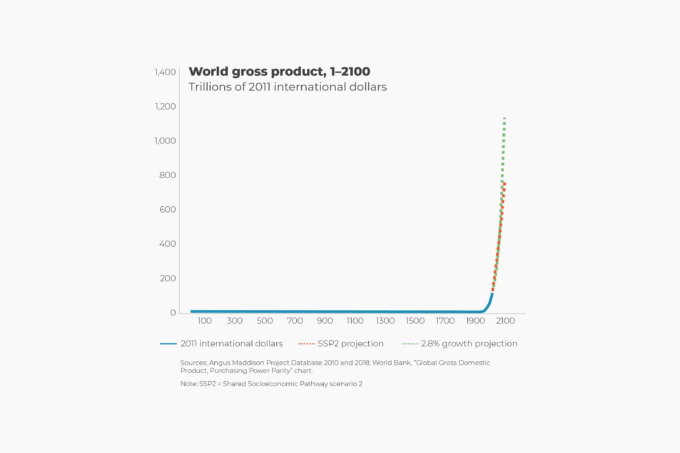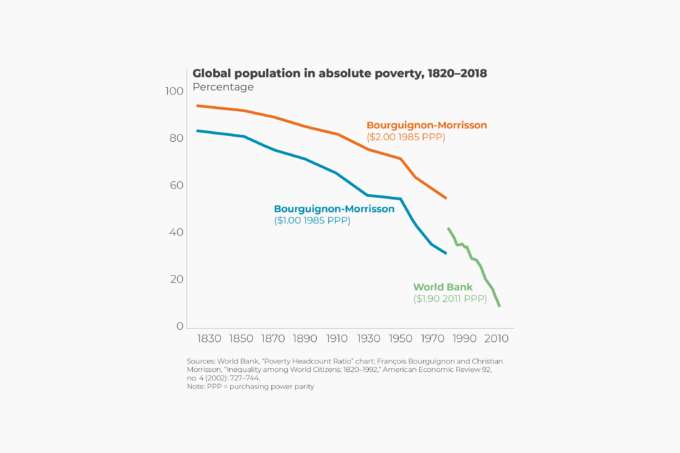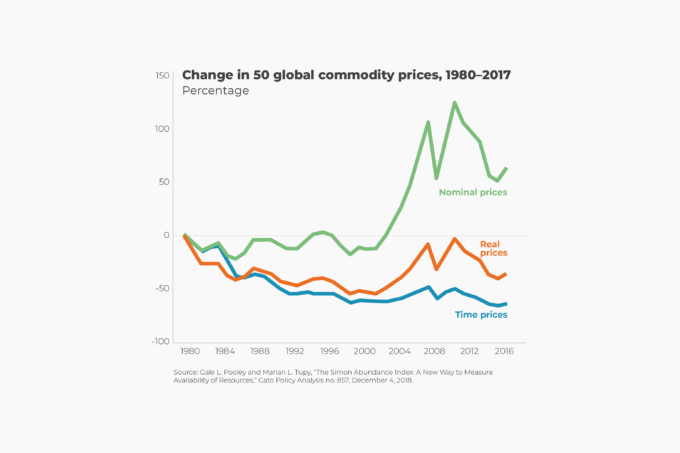Growing urbanization is good for both humanity and the natural world. Historically, between 80 percent and 90 percent of humanity lived in rural areas and worked in agriculture. As late as 1900, 41 percent of Americans worked on farms. Today, fewer than 2 percent do. Before mechanization, farm work was physically exhausting and poorly paid, which helps to explain why people started to move from the countryside to the cities.
For many people, cities were the engines of liberation. In medieval Europe, for example, serfs who escaped their masters and lived in a city for “a year and a day” became free from servitude. Hence the German saying, Stadtluft macht frei (city air makes you free).
Cities are the centers of innovation, engines of growth, and home to the richest segment of the population— just think of Delhi, London, New York, Shanghai, Seoul, and Tokyo. In fact, the World Bank found: “No country has grown to middle income without industrializing and urbanizing. None has grown to high income without vibrant cities.” Urbanization is also good for the environment. On average, city dwellers use less electricity, emit less carbon dioxide, and have smaller land footprints than people living in the countryside.
According to the United Nations, the share of humanity living in cities rose from 751 million (29 percent) in 1950 to 4.2 billion (55 percent) in 2018. That still leaves over 3 billion people living in rural areas. The Organisation for Economic Co-operation and Development estimates that 85 percent of the world’s population will be urbanized by 2100. That means that fewer than 1.5 billion of a projected global population of 9.8 billion will be living in rural areas by the end of this century.
At least some of the land spared from human habitation will then revert to nature.








